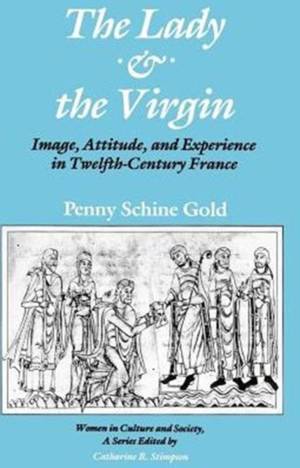
- Retrait gratuit dans votre magasin Club
- 7.000.000 titres dans notre catalogue
- Payer en toute sécurité
- Toujours un magasin près de chez vous
- Retrait gratuit dans votre magasin Club
- 7.000.000 titres dans notre catalogue
- Payer en toute sécurité
- Toujours un magasin près de chez vous
57,95 €
+ 115 points
Description
Penny Schine Gold provides a bold analysis of key literary and artistic images of women in the Middle Ages and the relationship between these images and the actual experience of women. She argues that the complex interactions between men and women as expressed in both image and experience reflect a common pattern of ambivalence and contradiction. Thus, women are seen as both helpful and harmful, powerful and submissive, and the actuality of women's experience encompasses women in control and controlled, autonomous and dependent. Vividly recreating the rich texture of medieval life, Gold effectively and eloquently goes beyond a simple equation of social context and representation. In the process. she challenges equally simple judgments of historical periods as being either "good" or "bad" for women. "[The Lady and the Virgin] presents its findings in a form that should attract students as well as their instructors. The careful and controlled use of so many different kinds of sources . . . offers us a valuable medieval case study in the inner-relationship between the segments of society and its ethos or value system."-Joel T. Rosenthal, The History Teacher "Something of a tour de force in an interdisciplinary approach to history."-Jo Ann McNamara, Speculum "[A] well-written, extremely well-researched book. . . . The Lady and the Virgin is useful, readable, and well informed."-R. Howard Bloch, Modern Philology
Spécifications
Parties prenantes
- Auteur(s) :
- Editeur:
Contenu
- Nombre de pages :
- 206
- Langue:
- Anglais
- Collection :
Caractéristiques
- EAN:
- 9780226300887
- Date de parution :
- 15-06-87
- Format:
- Livre broché
- Format numérique:
- Trade paperback (VS)
- Dimensions :
- 140 mm x 217 mm
- Poids :
- 226 g







